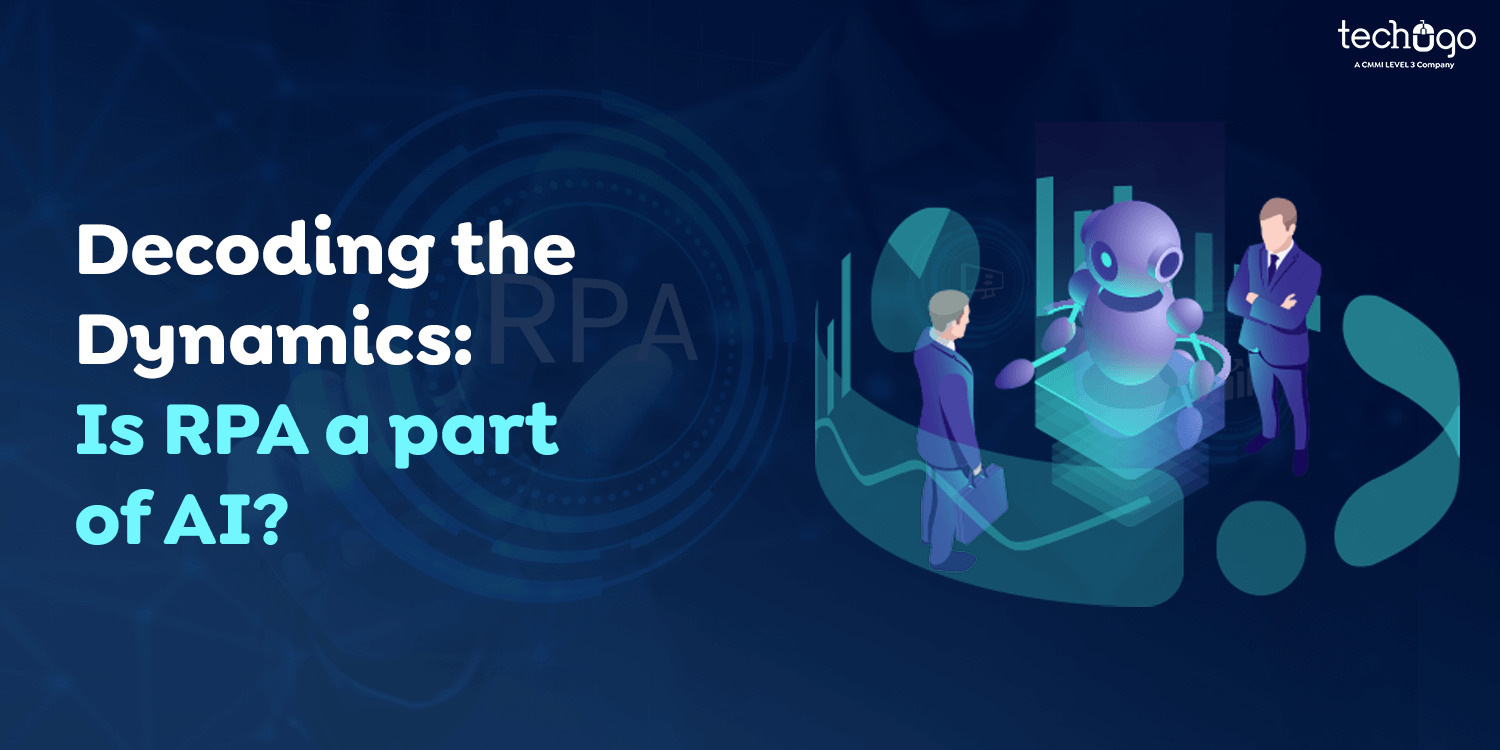Beginning at the vibrant crossroads of Artificial Intelligence (AI) and Robotic Process Automation (RPA), this article delves into the intricacies encircling these revolutionary technologies. As the technology landscape progresses, discerning the disparities amid AI and RPA becomes crucial in grasping their distinct functions and cumulative influence. Starting with the mechanical efficiency of RPA as the ‘doer,’ we navigate through its rule-based origins, exploring its prowess in automating repetitive tasks. Transitioning to the intellectual realm of AI, we decipher its broader spectrum, encompassing Machine Learning and Natural Language Processing. The narrative crescendos with the revelation that the convergence of AI and RPA creates an unparalleled force in Business Process Automation, shaping a future where technology harmonises cognitive thinking with operational efficiency. Amid this transformative era, a leading mobile app development company in USA, emerged as a key player, offering cutting-edge RPA solutions, contributing to the paradigm shift in business automation.
Firstly, let’s take a look at the most asked question, “ Is RPA a part of AI?”
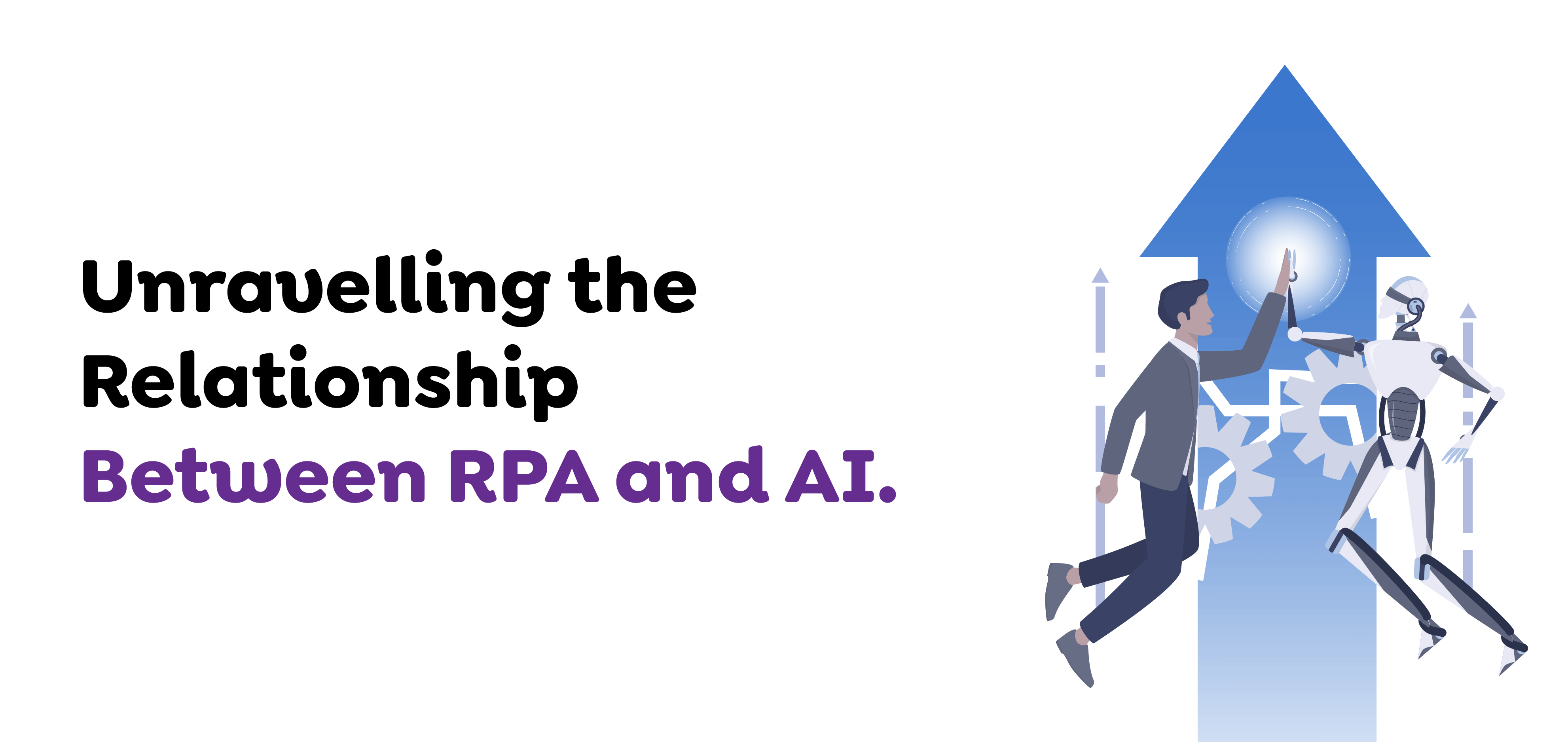
Is RPA a part of AI?
Certainly! Robotic Process Automation (RPA) is a branch of technology that automates repetitive tasks by using software robots or bots. While RPA doesn’t possess the complex learning and problem-solving capabilities often associated with AI trends, it still relies on algorithms and predefined rules to mimic human actions within digital systems. In essence, while RPA may not represent the full spectrum of AI capabilities, it is considered a subset of artificial intelligence due to its use of automated processes driven by computational logic.
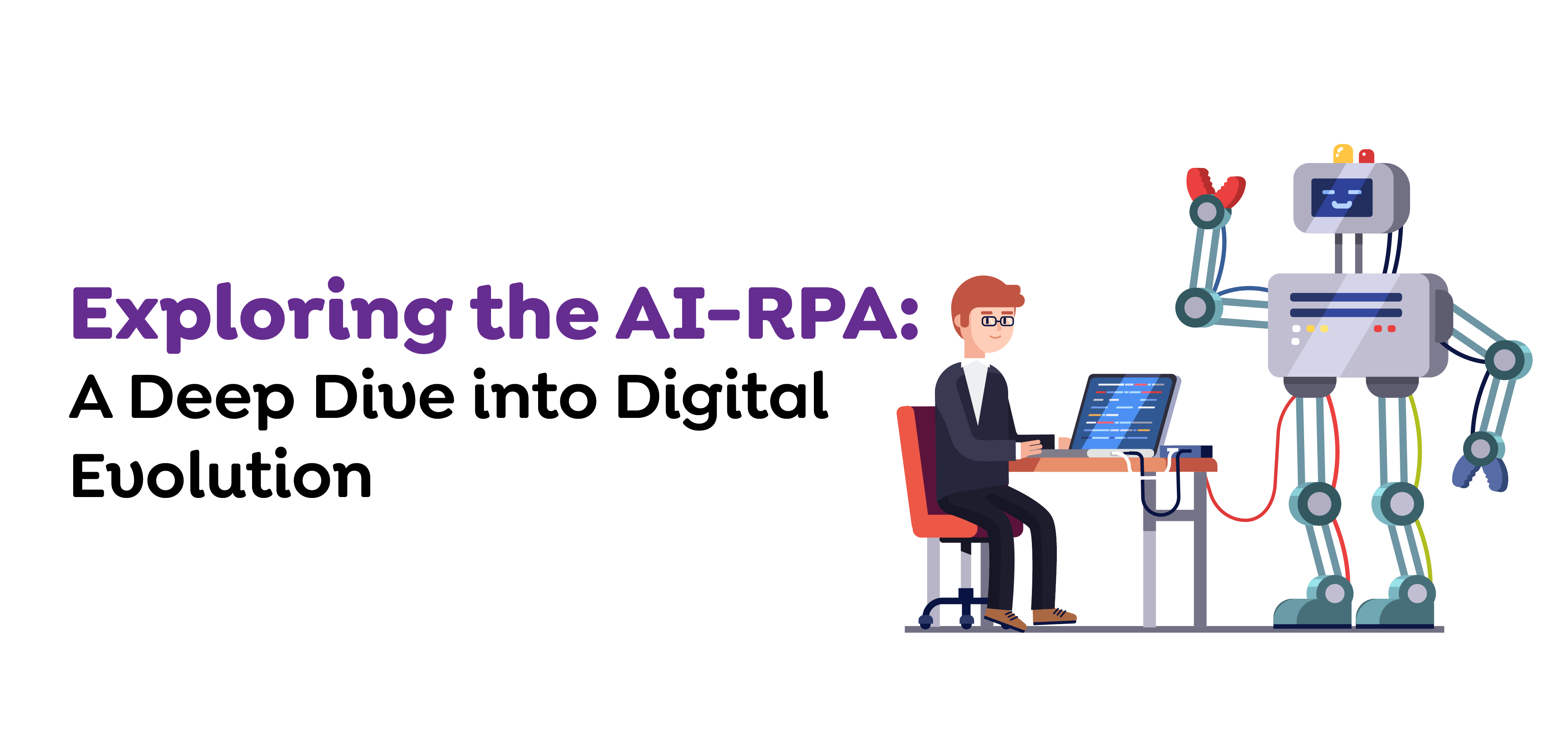
The Technological Odyssey
RPA emerges as the virtuoso of repetitive task automation. It operates on predefined rules, akin to a diligent doer, mimicking human actions. Excel, SAP, ERP, CRM—RPA manoeuvres seamlessly through interfaces, liberating humans from monotony and averting errors. Its agility lies in the ability to consistently execute structured processes.
AI, the orchestrator of cognitive prowess, extends beyond rule-based engines. Embracing ML and NLP, AI ventures into realms of voice and facial recognition, voice assistants, and data analytics. It captures and interprets unstructured data, elevating it beyond the rule-bound confines of RPA. The cognitive reasoning engines within AI trends transform data patterns into operational insights.
-
A Movement Alone, A Force Together
RPA and AI, while potent individually, converge into an automation juggernaut when combined. Integrated seamlessly, AI propels the automation process, birthing an automation continuum. This amalgamation generates a cognitive response transmitted to the RPA system, ensuring even swifter task completion. Use cases abound, from reducing customer inquiry wait times to enhancing operational efficiency.
Debunking Misconceptions: AI vs. RPA
Understanding the Differences
Concerning appearing technologies there’s frequent perplexity about their functions, capacities, and uses. Let’s study these two groundbreaking technologies further to dispel widespread misunderstandings.
1. Definition and Purpose
- AI: Artificial Intelligence encompasses mechanisms mimicking human cognitive functions, like acquisition, logic, and troubleshooting. These systems comprehend, construe, and execute intricate information to accomplish defined objectives.
Also Read – How does an Artificial Intelligence App add Great Potential to your Business?
- RPA: Robotic Process Automation concentrates on automating repetitive, regulation-driven assignments by emulating human movements within electronic systems. RPA robots are capable of executing assignments such as information input, document completion, and transaction handling sans human interference.
2. Scope of Automation
- AI: Automated processes powered by artificial intelligence transcend mundane duties to include cognitive capabilities such as understanding language, identifying visuals, and forecasting insights. Artificial intelligence platforms possess the ability to assess disorganised information, render judgments, and adjust to evolving conditions.
Also Read – How Artificial Intelligence Technology Could Help Fight Climate Change?
- RPA: RPA is ideal for streamlining structured, rule-bound procedures following anticipated sequences, it thrives in managing extensive, recurring duties with specified inputs, regulations, and outcomes.
3. Learning and Adaptability
- AI: Artificial intelligence systems have learning capacities, enabling them to enhance efficacy gradually via familiarity and input. Machine Learning (ML) algorithms empower AI frameworks to detect trends, forecast outcomes, and refine operations independently.
- RPA: RPA process bots do not possess learning capabilities and function according to preset directives. Although they can perform actions swiftly and precisely, they do not assess information or render judgments outside their predetermined criteria.
4. Complexity of Tasks
- AI: AI proficient in managing intricate assignments with uncertainty, vagueness, and context recognition, it thrives in situations demanding human-like logic and assessment, like virtual aides, suggestion platforms, and self-driving cars.
- RPA: RPA is highly efficient for automating recurring, regulation-grounded duties with evident inputs and outcomes. Perfect for duties necessitating organised data handling and uniform protocols, like invoice handling, data transfer, and report creation.
5. Integration with Human Workforce
- AI: Artificial intelligence systems are crafted to enhance human abilities rather than completely substitute them. They aid individuals in making choices, offer perspectives from vast data sets, and manage repetitive duties, enabling humans to concentrate on more strategic and inventive pursuits.
- RPA: RPA bots Automatons are usually utilised to mechanise repetitive duties and diminish manual labour. Despite their potential to amplify operational effectiveness and precision, RPA automatons lack human-like cognitive capacities or strategic cognition.
6. Future Applications
- AI: The forthcoming artificial intelligence harbours extensive prospects throughout various sectors, containing healthcare, finance, production, and transit. Progressions in AI trends methodologies such as Deep Learning and Reinforcement Learning are pushing advancement and displaying refreshed possibilities.
- RPA: While RPA perpetuates a pivotal function in optimising commercial procedures and diminishing operational expenditures, its extent is relatively restricted in contrast to AI. Nonetheless, RPA amalgamated with AI functionalities (AI-fueled RPA) is surfacing as a potent remedy for comprehensive process mechanisation.
The Growth Trajectory
The worldwide Automated Process Mechanization (APM) industry has witnessed tremendous expansion, surpassing USD 357.5 million in 2017. This upward trend is projected to persist at an impressive Annual Compound Growth Pace (ACGP) of 31.1%. The spike in desire for APM resolutions is linked to the rising acceptance of Corporate Process Mechanization (CPM) across various sectors.
Businesses worldwide are adopting automated process robotics to simplify operations, enhance efficiency, and reduce costs. The merger of Artificial Intelligence (AI) and digital agents has hastened this movement, with AI-powered automated process robotics offering sophisticated functionalities for automating complex duties. Through leveraging AI innovations like Machine Learning and Natural Language Processing (NLP), automated process robotics frameworks can smartly manage disorganised data, make assessments, and adapt to changing circumstances.
Also Read – Artificial Intelligence Trends That Will Change The Decade
This mutual progression of RPA and AI is reshaping the future of mechanisation, laying the groundwork for a smooth and comprehensive method to streamline business procedures. As firms persist in prioritising digital metamorphosis and exploring inventive approaches to remain competitive, the fusion of RPA and AI offers vast potential to enhance efficiency, flexibility, and creativity across various sectors like (Fashion, Healthcare, E-commerce and many more).
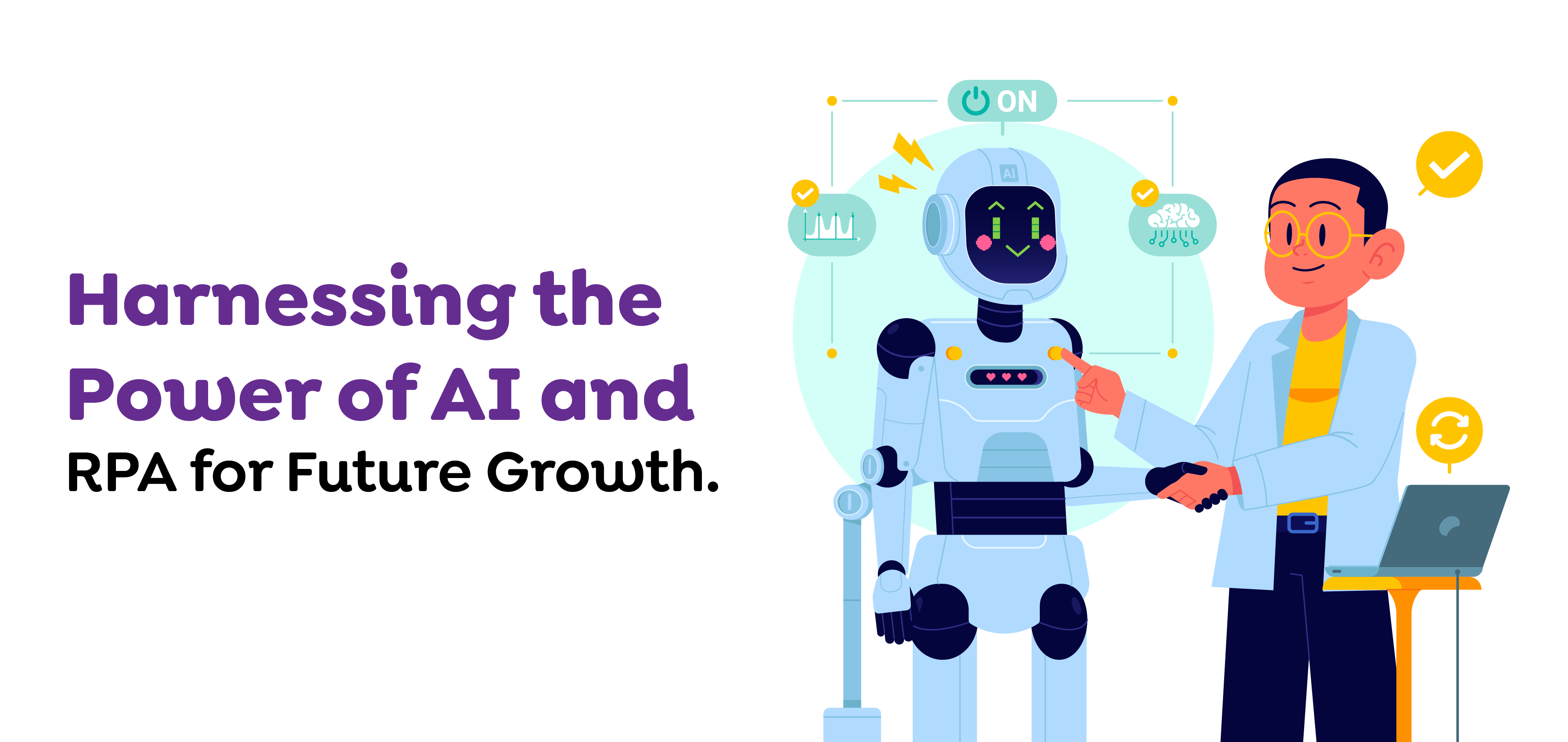
The Future of AI and RPA: A Glimpse into Technological Evolution
1. Advancements in Artificial Intelligence (AI)
Now let’s discuss the various advantages of AI.
1.1. Cognitive Intelligence Expansion
As AI continues to evolve, cognitive intelligence expansion becomes a focal point. Upcoming advancements will propel AI systems to grasp and handle data with enhanced profundity, enabling finer decision-making abilities.
1.2. Incorporation of AI with Technologies
The fusion of AI with up-and-coming technologies like quantum computing, edge computing, and 5G networks is crucial. This merging can improve AI’s speed, decrease delays, and open up fresh opportunities for instant decision-making.
1.3. Artificial Intelligence and Accountable Advancement
The forthcoming era of AI revolves around prioritising moral concerns, requiring a united push for conscientious advancement. Maintaining equilibrium between tech progress and ethical consequences is pivotal for fostering public confidence and ensuring ethical AI implementation.
2. Robotic Process Automation (RPA) in Tomorrow’s Landscape
2.1. Intelligent Automation
The destiny of RPA emerges with the arrival of smart automation, where RPA platforms are enhanced with AI functionalities. This collaboration yields a more flexible and clever automation environment, empowering enterprises to simplify intricate workflows effortlessly.
2.2. Hyper Automation for Enhanced Efficiency
Hyper Automation, a broader iteration of RPA, imagines complete process automation by merging RPA with allied technologies such as AI, ML, and process excavation. This all-encompassing strategy seeks to optimise effectiveness by automating straightforward and complex tasks throughout diverse business operations.
2.3. RPA Beyond Traditional Boundaries
In the forthcoming future, RPA is positioned to surpass customary limits and broaden its utilisation across various industries. From healthcare and transportation to client assistance, RPA’s adaptability will result in its extensive acceptance, transforming how sectors handle operational processes.
3. Convergence: AI and RPA Uniting Forces
3.1. Mind RPA for Smart Workflows
The collaboration of artificial intelligence and robotic process automation, frequently called Cognitive RPA, signifies a revolutionary change in automating business procedures. This merging enhances RPA platforms with cognitive skills, allowing them to comprehend, acquire knowledge, and render judgments, thus fostering a more flexible and clever workflow.
3.2. Enhanced Decision-Making and Problem-Solving
When artificial intelligence and robotic process automation unite, enterprises anticipate improved decision-making and issue-solving skills. The fusion of RPA’s effectiveness in performing duties and AI’s analytical and cognitive abilities forms a powerful entity adept at addressing intricate business hurdles swiftly.
3.3. Future Applications and Industry Transformations
The combined alliance of artificial intelligence and robotic process automation is poised to transform various sectors profoundly. Starting from tailored client engagements to anticipatory data analysis and self-governing mechanisms, the merging will spur inventive uses throughout different industries, pushing enterprises toward a tomorrow where effectiveness and intellect unite seamlessly.
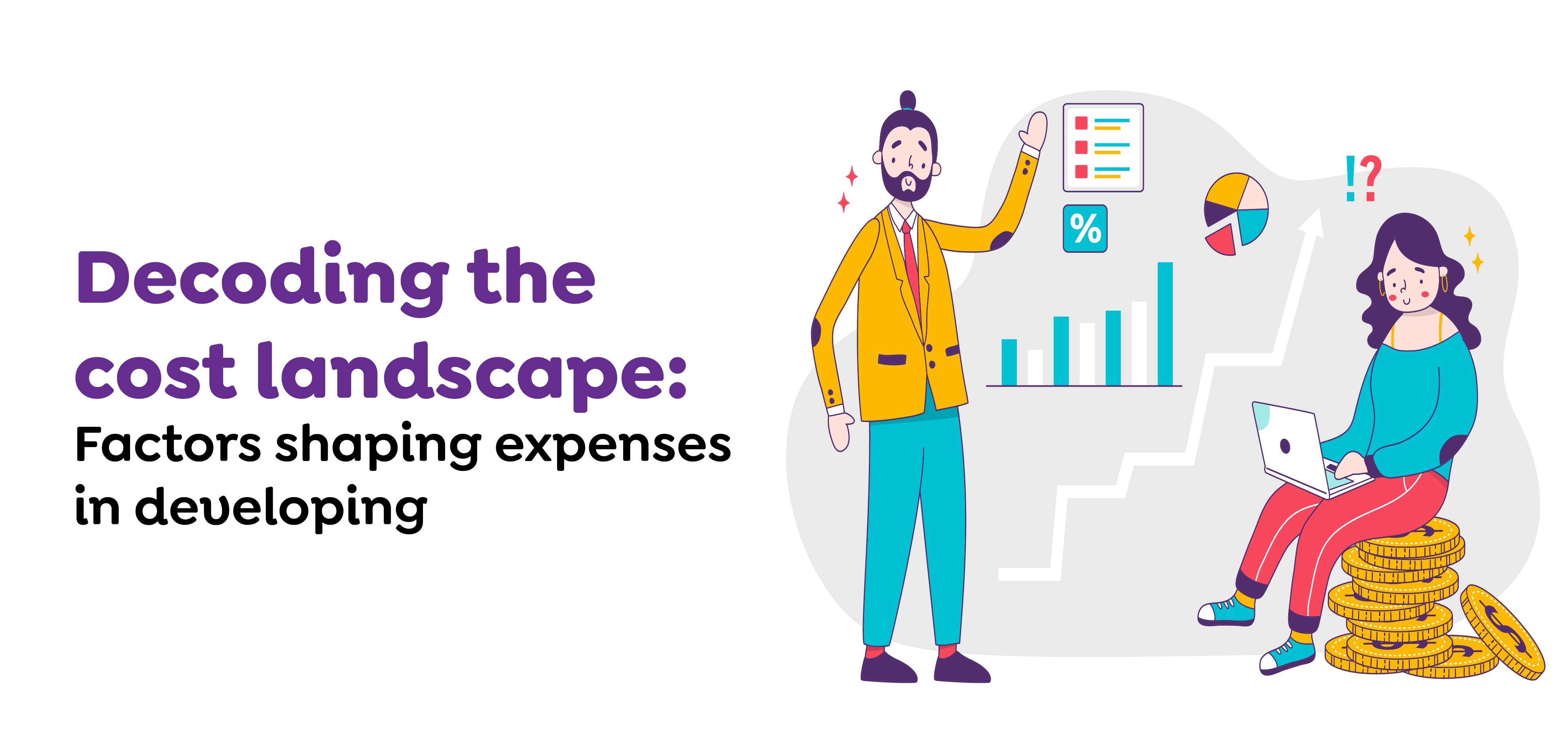
Critical Factors Shaping the Cost Landscape of AI and RPA-Powered App Development
The cost-affecting factors for developing an AI and RPA-powered app depend on various elements throughout the development lifecycle. Here are key considerations:
- Development Complexity: The complexity of implementing AI and ML functionalities significantly influences costs. More intricate features or intricate algorithms may require more development effort and specialised expertise.
- Data Quality and Availability: Quality and availability of data impact the training and performance of AI models. High-quality, readily available data may reduce development time and costs, while the need for extensive data preprocessing can increase expenses.
- Algorithm Sophistication: The choice of AI algorithms and models affects costs. More advanced and sophisticated algorithms may demand higher development efforts, but they can offer superior performance.
- Integration with Existing Systems: Integrating AI and RPA with existing systems can impact costs. Compatibility challenges or the need for custom integrations may require additional resources.
- Regulatory Conformity: Conforming to regulatory norms and adherence prerequisites, particularly in sectors such as healthcare or finance, can introduce intricacy and expenses to the development process.
- Examination and Quality Assurance: Thorough testing is pivotal for AI and RPA applications. Ensuring the precision, dependability, and safeguarding of the application may necessitate supplementary testing endeavours, influencing expenditures.
- Expandability Prerequisites: Strategizing for expandability from the commencement can affect expenses. Constructing a system proficient in managing augmented data, users, or transactions may demand a more substantial initial investment but can result in cost savings in the prolonged term.
- Maintenance and Updates: Ongoing maintenance and updates contribute to the total cost of ownership. Regular updates, security patches, and adapting to evolving technologies may incur additional expenses.
- AI and RPA Tool Licensing: When employing third-party AI or RPA tools, expenses related to licences can be a contributing factor. Grasping the pricing model of these tools is crucial for precise financial planning.
- Competencies and Proficiency: The presence and proficiency of adept professionals in AI and RPA technologies can influence expenditures. Recruitment or instruction of proficient personnel might be imperative, affecting the comprehensive budget.
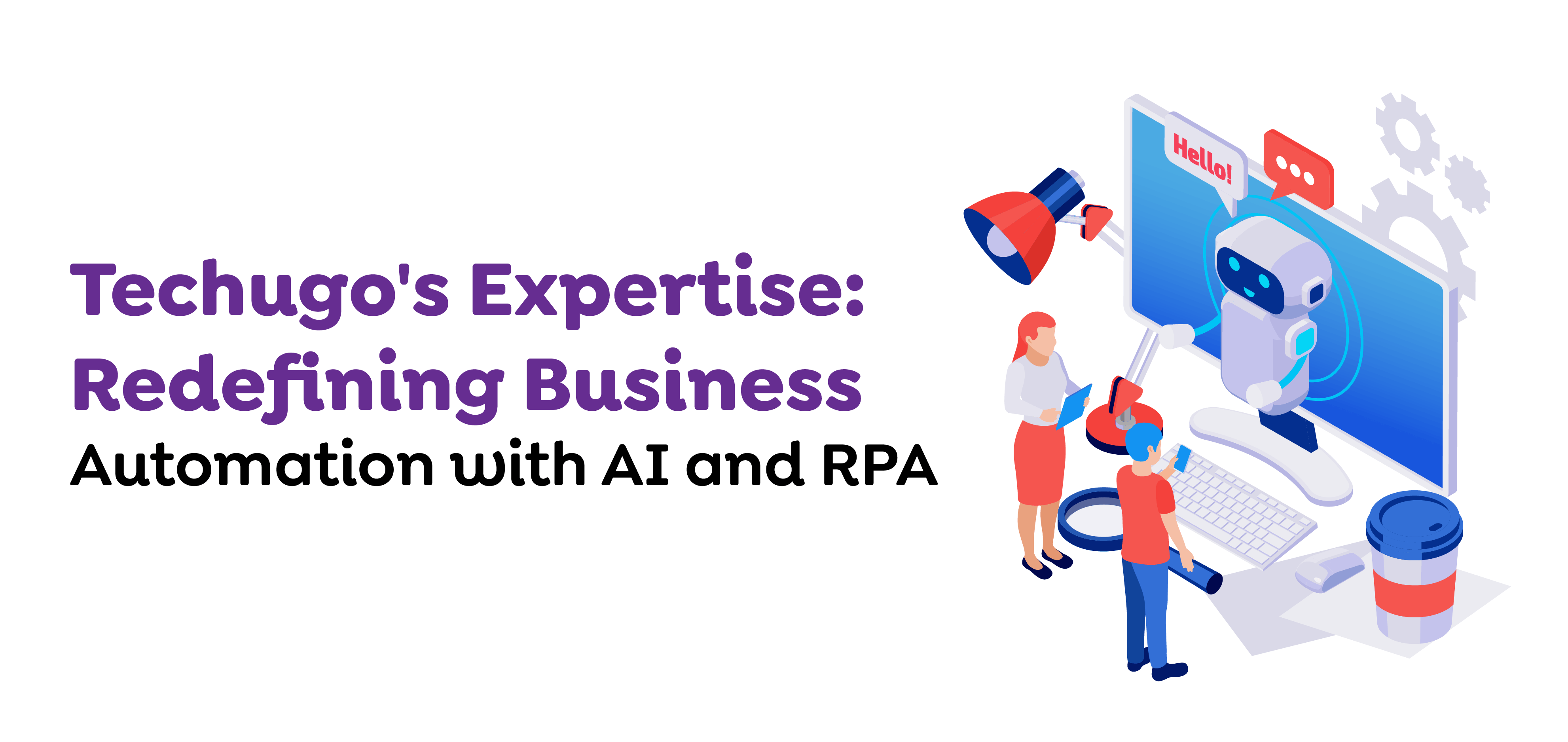
Techugo: Pioneering the Future
As a distinguished mobile app development company in USA, Techugo takes the lead in navigating the transformative surge. Offering expandable RPA solutions, Techugo effortlessly integrates rule-driven engines like Blue Prism, UiPath, and Automation Anywhere. The harmonious interaction of AI and RPA, observed through Techugo’s perspective, anticipates a future where technology drives businesses to the forefront in the current dynamic scenario.
This blog does not dispense legal counsel. Mention of particular software or enterprises does not suggest endorsement unless explicitly stated. All case studies and blogs are meticulously crafted with the complete cooperation, knowledge, and involvement of the concerned entities.
Based in Noida, Techugo dispenses top-notch software development solutions. Serving entrepreneurs to Fortune clients, Techugo’s proficiency spans process and systems design, package implementation, bespoke development, business intelligence, reporting, systems integration, testing, maintenance, and support throughout the entire IT spectrum.
Post Views: 1,967




 SA
SA
 KW
KW
 IE
IE AU
AU UAE
UAE UK
UK USA
USA
 CA
CA DE
DE
 QA
QA ZA
ZA
 BH
BH NL
NL
 MU
MU FR
FR






















